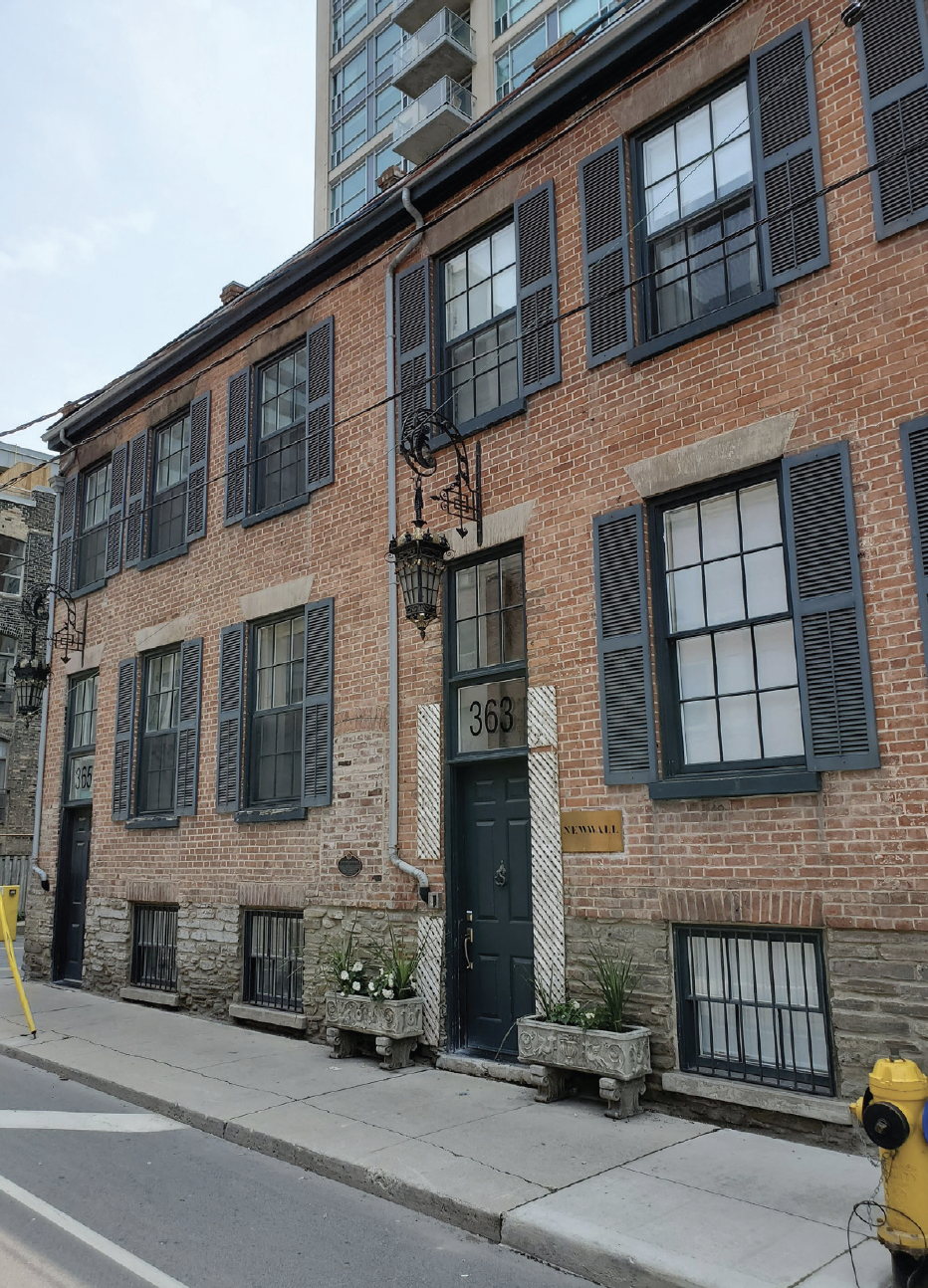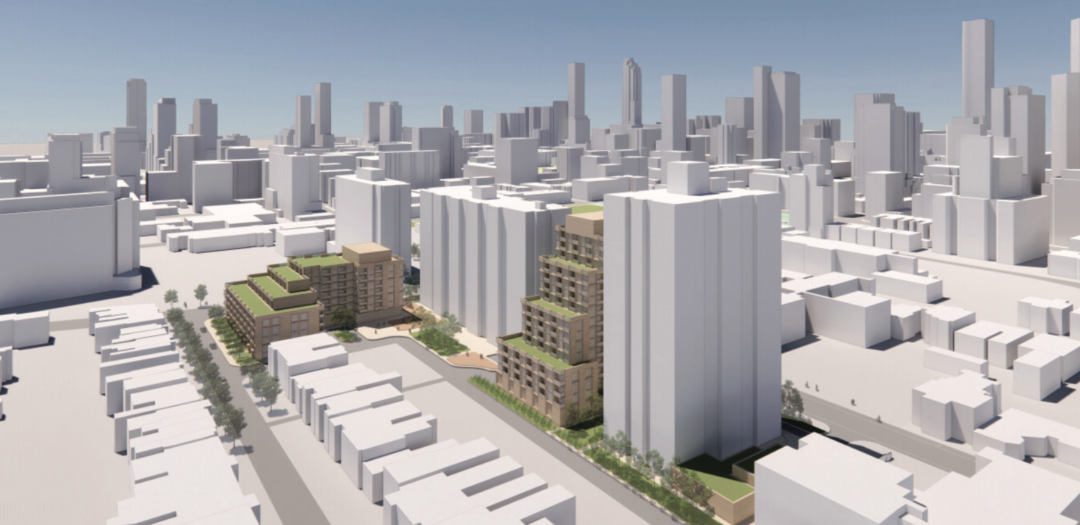
Bruce Bell, Senior Columnist
The old building on the southeast corner of Sherbourne and Adelaide Streets exists today because it adapted to the times. Or it was just plain lucky.
This fine Georgian house was constructed in 1842 by Paul Bishop, blacksmith extraordinaire. Bishop built upon the foundations of one of the most famous manor homes of old York; consequently, it occupies some of the most historic land in the city.
The house miraculously survived the Great Fire of 1849, the onslaught of the Industrial Revolution and the horrors of 1960s urban renewal before being completely renovated a few years back.
In 1793, the land was still part of a great forest. In 1798 William Jarvis built a small villa in York, the new capital of Upper Canada, on what would become the four corners of Sherbourne and Adelaide. He named it Jarvis House, after himself.
The house, sitting on two acres at the Sherbourne and Adelaide area, had two barns, a root-house, a stable and a chicken coop. And, like a few of the town’s well-to-do early white citizens, Jarvis had slave quarters built to house the six people he owned.
After William Jarvis died in 1817 his son cut the house and grounds into smaller sections. The house itself was taken over by a man named Lee, who turned it into a restaurant and billiard room and added a small extension.
In 1821 James Padfield rented a portion of the building and started a school. When the school disbanded in 1824, Isaac Columbus took possession of the property and converted one part into workshops and the rest into his home. In 1832 Columbus moved out and James Kidd moved in.
Effective August 1, 1834, slavery was finally abolished in most parts of the British Empire, including in what was now the incorporated City of Toronto.
In 1842 James Kidd sold the house to Paul Bishop on the condition that he be allowed to live there until he died. Kidd died a year later and in 1848 Paul Bishop had the old Jarvis house torn down to build upon the foundations the structure that still stands.
Bishop, son-in-law of previous owner Isaac Columbus, established himself as a first-class blacksmith, locksmith and wheel maker. Before taking over the house, Bishop had his workshop across the street on the northeast corner of Sherbourne and Adelaide.
In 1834, a freed slave from the United States named Thornton Blackburn found employment as a waiter in Osgoode Hall. Three years later, Blackburn took a pattern of a horse-drawn taxicab known then only in Montreal and London, England, to Paul Bishop’s workshop. In his shed at Sherbourne and Adelaide, Bishop built for Blackburn the first horse-drawn taxicab in Upper Canada.
In 1860, after living in the house for almost 30 years, Paul Bishop left town and disappeared from the history books. His house then came into the possession of Thomas Dennie Harris, one of the city’s leading merchants, chief engineer of the fire brigade from 1838 to 1841 and harbourmaster from 1870 to 1872. Between 1841 and 1864 he was a warden of the Anglican Cathedral of St. James.
Harris had owned a hardware store since 1829 around the corner, at 124 King Street East, but it was destroyed in the Great Fire of 1849. Harris died in 1872 and with the encroachment of the Industrial Revolution the end was near for his home too.
The small yard and fence that surrounded the house were torn up, as were the trees. (Ironically, as warden of St. James, one of Harris’s duties was to protect the poplar trees that surrounded the church.)
The great estates of the neighbourhood, like the massive Moss Park up the street, the Ridout homestead next door and Russell Abbey down the street, were being divided up and their buildings eventually demolished. Once part of a great forest, for the next century the area became a polluted industrial zone.
The historic Jarvis House was stripped of its interior ornamentation, its windows bricked up, and new doors installed. The grand memories of its former days faded away.
For the next 10 decades the home became everything from a machine shop to a garage to a flophouse – before being completely renovated back into a home in 2006. Paul Bishop’s house has returned from the ashes.




